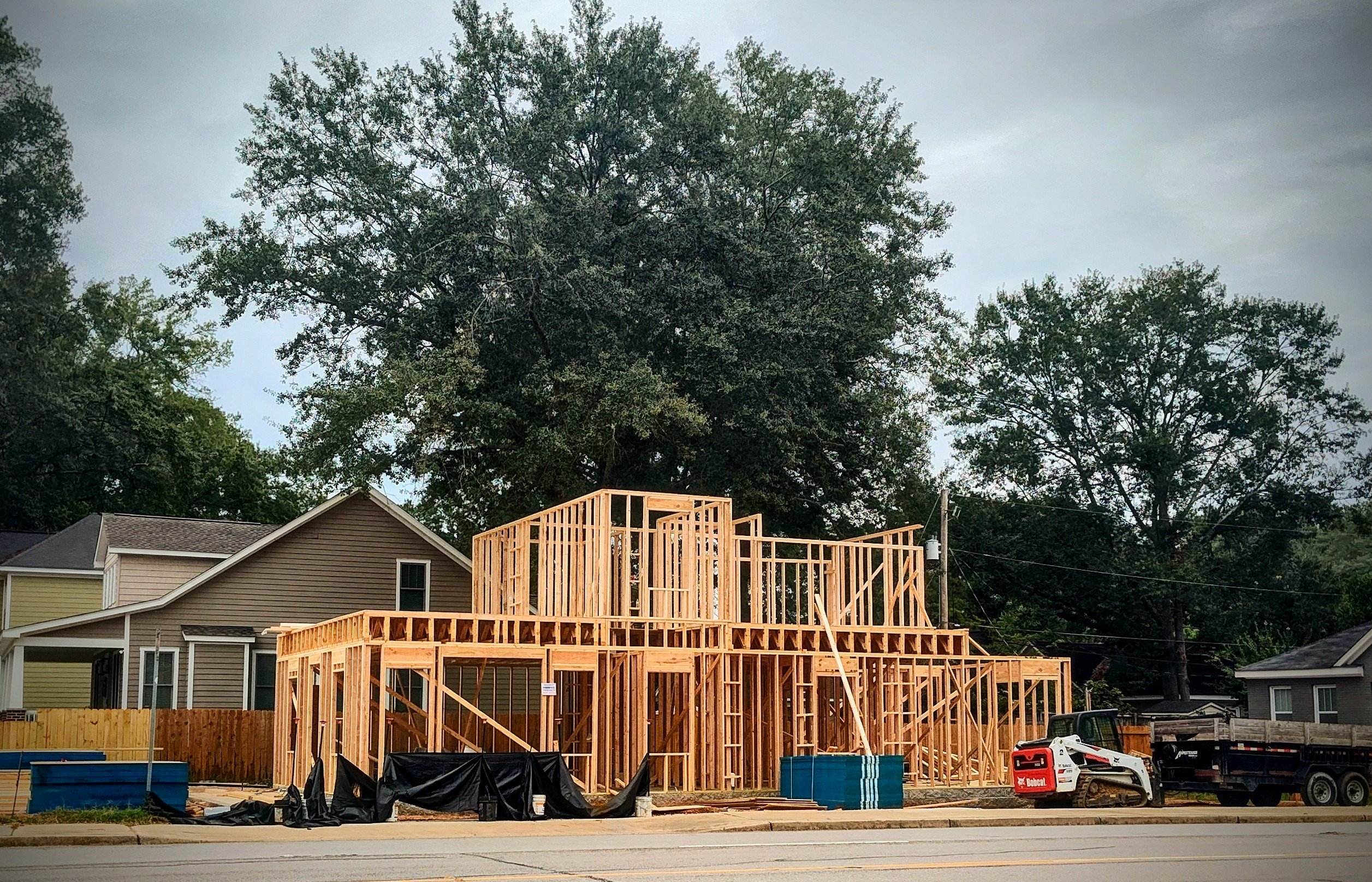this post was submitted on 09 Sep 2023
321 points (90.2% liked)
pics
19546 readers
464 users here now
Rules:
1.. Please mark original photos with [OC] in the title if you're the photographer
2..Pictures containing a politician from any country or planet are prohibited, this is a community voted on rule.
3.. Image must be a photograph, no AI or digital art.
4.. No NSFW/Cosplay/Spam/Trolling images.
5.. Be civil. No racism or bigotry.
Photo of the Week Rule(s):
1.. On Fridays, the most upvoted original, marked [OC], photo posted between Friday and Thursday will be the next week's banner and featured photo.
2.. The weekly photos will be saved for an end of the year run off.
Instance-wide rules always apply. https://mastodon.world/about
founded 1 year ago
MODERATORS
you are viewing a single comment's thread
view the rest of the comments
view the rest of the comments


That's because Europe has had many more centuries worth of deforestation. The greatest resource the Americas had to offer to Europe was essentially unlimited lumber.
And we wasted a lot of our forests on superfluous things like war ships - see the Castillan plateau which is now a dry and barren land.
Why aren't they replanting?
Once you've destroyed an ecosystem, it takes a lot of effort to bring back. Often you can't just expect to plant the same type of trees as before and expect it to take.
There are ways to introduce things gradually, but it's not an on/off switch.
Plus there are entire keystone species of trees that blights drove to actual or morphological extinction. I don't know about European species, but the mountains of appalachia used to be covered in massive American Chestnut trees that were so big around at the trunk they were on par with west coast species. After the blight, you can still find groves of chestnut trees, but its like they're a different species - they live 7-9 years and die basically around the time they first mast. They never live long enough to really leave the sapling phase.
Maybe they are. It's a long way though